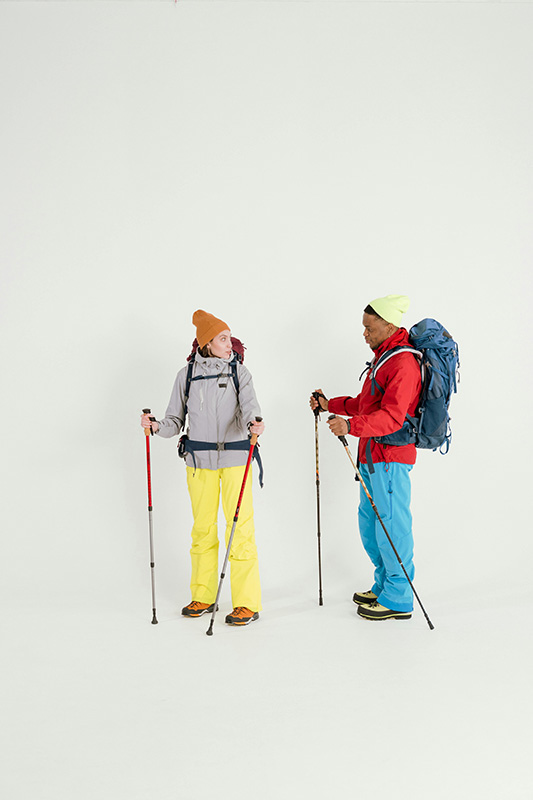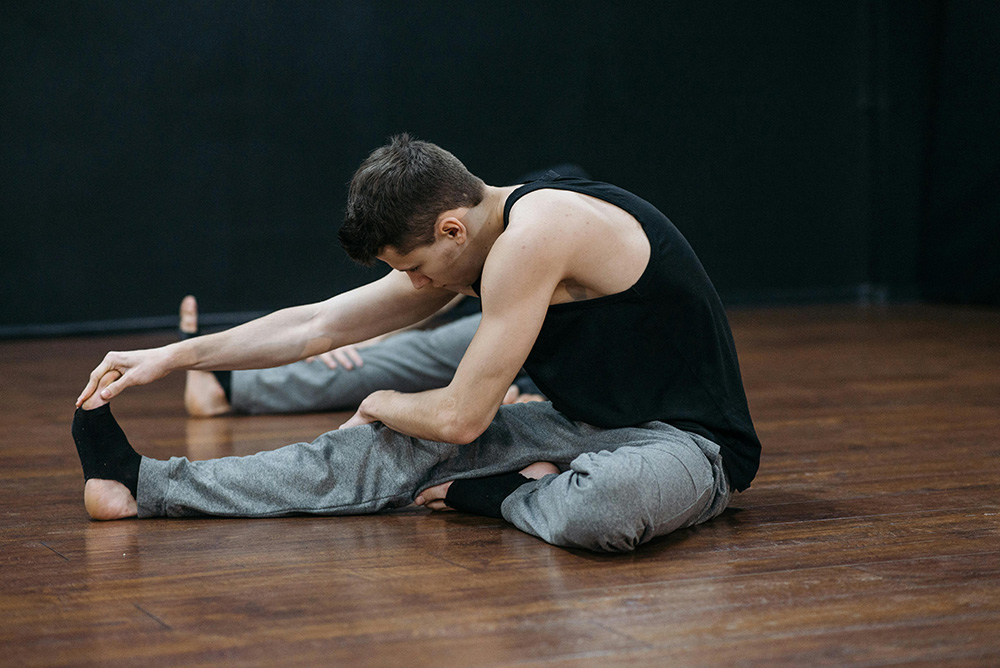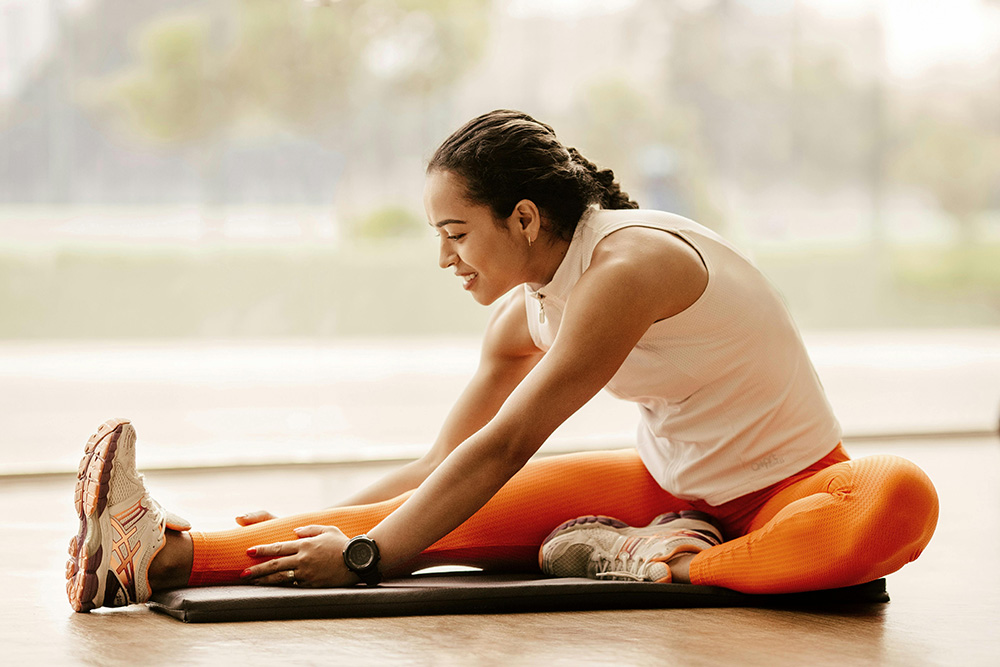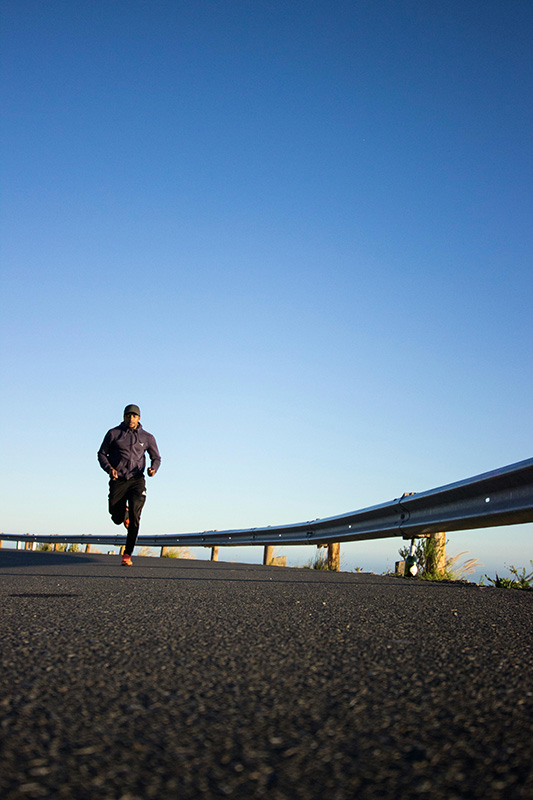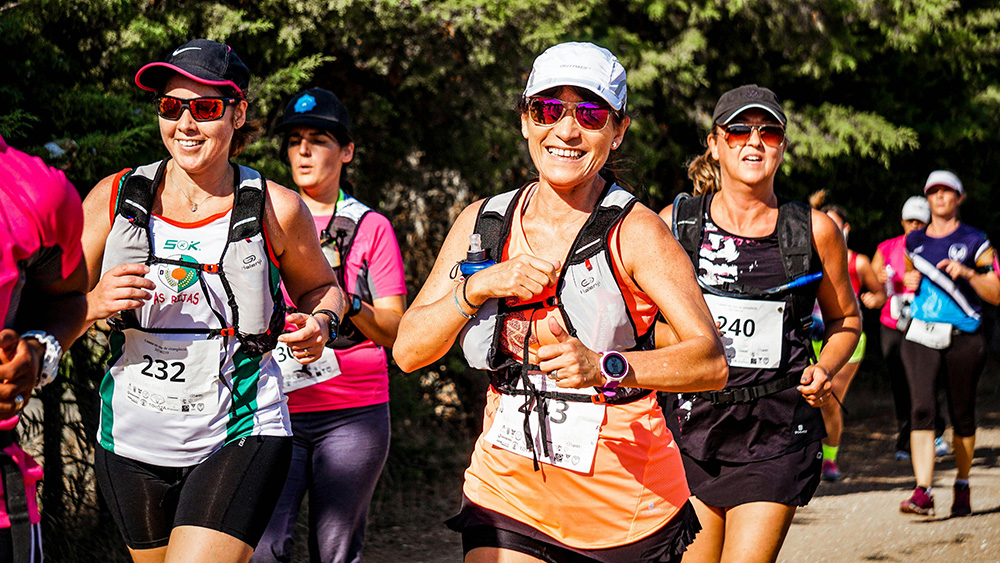Hiking is a great hobby where you get some fresh air and exercise while enjoying what nature has to offer. The problem is that there are a lot of common injuries that you face when hiking. Fortunately, you can prevent many of the common injuries that are sustained when hiking.
Blisters
One of the most common hiking injuries for beginners and experienced hikers is blisters. Blisters are caused by friction when your skin rubs against your shoes or clothing. This friction causes fluid to collect between the irritated layers of skin and will eventually cause tearing and discomfort.Fortunately, you can avoid getting blisters by ensuring that your shoes and socks fit correctly. You should also look at breaking your shoes in before you go on a long hike as the stiffness of new shoes can increase the chances of blisters. Keeping your feet dry will also help to prevent blisters and if you feel a potential blistering area, you need to apply some athletic tape to avoid rupturing.
A Twisted Ankle
When you are hiking on an uneven trail, you risk a twisted ankle if you are not careful. There are some twists that you can walk off, there are others that will require more attention if you want to carry on. There are times when the risk of a twisted ankle will be greater such as when the trail is wet.In order to avoid these injuries, you should look at hiking boots with ankle protection. If you know the trail is uneven, you should take some kind of stabilizer such as a hiking stick. This will help you keep your balance and avoid a twisted ankle.
Muscle Cramping
There is nothing worse than having your muscles cramp with every step you take. Cramping is a common injury and is generally caused by dehydration. The best way to avoid cramping will be to stay hydrated, but this is not always as simple as you might think.
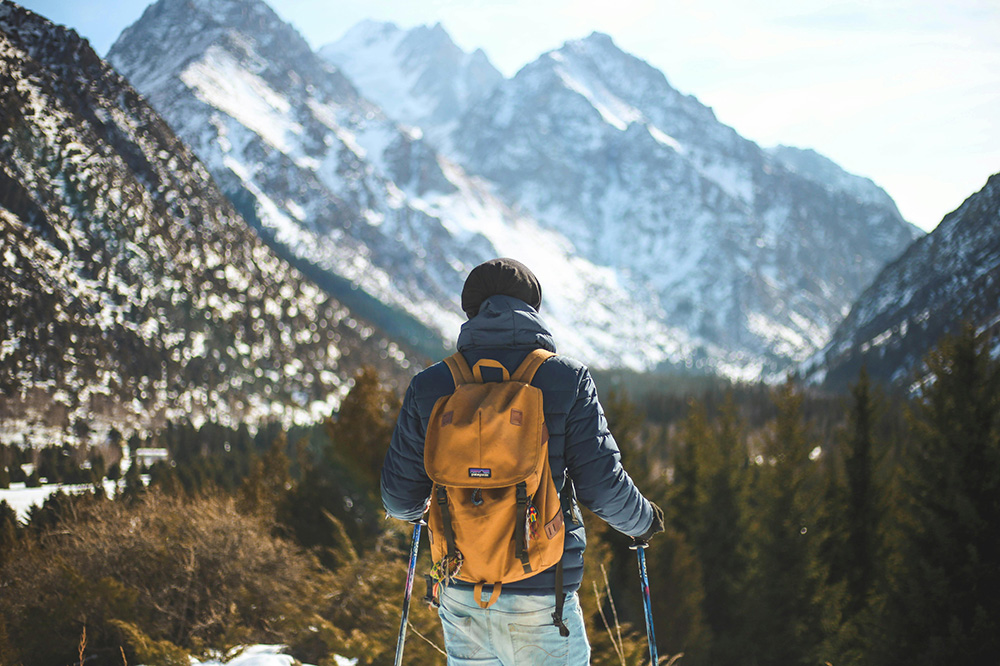
When it is warm, you will remember to drink more water. However, when you are hiking in the cold, this will be harder to remember. You should also look at stretching before your hike as this will reduce the chances of cramping.
Bug Bites
While some people do not see bug bites as an injury, they can cause a lot of discomfort and irritation. When you hike, you are susceptible to bug bites from gnats to mosquitoes. The best way to prevent bites will be to have a layer of clothing between your skin and the bugs.
There are a lot of repellents on the market that you can also look at which help. You should look for natural repellents and combine this with protective clothing. It is important to note that there are times when you cannot avoid these bites and you should use some calamine lotion to sooth the bug bites.
Chaffing
When people think about chaffing, they often think about their legs, but it is possible to chafe in other areas when you are hiking. The preventative steps that you should take will vary depending on where you commonly chafe. If you chafe between the legs, you need to consider active underwear that you have on over your cotton underwear.
Active underwear will generally be wool or synthetic nylon which will help prevent chaffing. If you chafe on your back where your bag rests, you need to consider if you have the right equipment. You need to ensure that your backpack sits correctly on your back and that you are not carrying too much weight. Getting your backpack fitted is important if you are going to be completing long hikes.5 Most Common Hiking Injuries And How To Prevent Them
